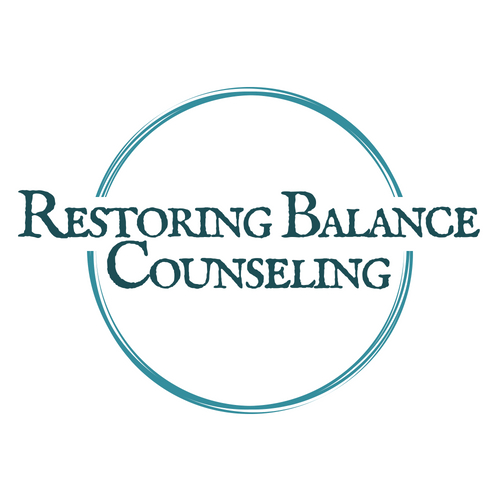Cognitive Behavioral Therapy (CBT) Is a type of treatment that is based on the following:
1) Therapy focuses on your current problems, but can include a discussion of your earlier life experiences in order to understand the impact these experiences have had on your current thoughts, feelings, and behaviors.
2) Attention is given to current factors in your life in order to determine what might be contributing to and maintaining your current distress.
3) A weekly commitment to “homework” is generally expected in order for you to practice new skills and track your progress and growth.
4) In an ongoing, flexible and collaborative way, you and I plan and evaluate treatment.
CBT tends to be shorter term with clear goals and expectations.
CBT helps you develop the ability to evaluate your own thinking and manage your own behavior in order to maintain process once therapy is completed.
CBT is based on decades of scientific research.
Some Behavior Changes or Goals in treatment might Include:
1) Behaviors: like increased engagement enjoyable activities, drinking less or being more assertive, time management skills (more purposefulness and less procrastination).
2) Feelings: like being less anxious, overwhelmed, depressed or ashamed.
3) Thoughts: like learning to solve problems, or challenge self-defeating or anxiety-provoking thoughts
4.) Physical or medical problems: like learning how to improve sleep, or following good health practices.
Common Treatment Strategies
Cognitive Behavioral therapy involves a variety of treatment strategies. Depending on your individual and unique concerns and goals, therapy is likely to involve some of the following:
Strategies for problem maintaining behaviors:
Exposure is a strategy that involves learning how to gradually begin to participate in situations or activities that you have been avoiding due to anxiety, feelings of worthlessness, or loss of hope that anything could change. This strategy is carefully planned and carried out in a collaborative way; you then gain confidence in being able to tolerate your thoughts and feelings, and in turn, begin to face previously avoided situations.
For example, you may have previously avoided driving for fear of having a panic attack, then learn to confront (rather than simply avoid) by gradually getting behind the wheel, then taking small trips in town, and then overtime increase the amount of miles driven, until you meet a goal that is meaningful to you where your fear no longer interferes with your quality of life. At the same time, we will work together on facing the physical feelings of anxiety or panic.
Learning new skills for communicating more effectively or being more assertive are additional strategies that might be taught.
Strategies to address difficult feelings:
Acceptance of emotions is a skill that is often taught to help you effectively face the painful emotions that are an inevitable and normal part of life.
Distress tolerance is another strategy helpful in managing extreme emotional reactions and self-harm urges.
Mindfulness techniques help you develop a non-judgmental, observational relationship with your emotions.
Relaxation exercises are taught to help reduce overall physical tension or to help learn effective breathing strategies..
Strategies for unhelpful thinking:
Cognitive coping involves identifying and challenging limited thinking patterns that are currently maintaining distorted thoughts and beliefs about yourself, others, and the world around you. For example, someone with depression could be taught to challenge the assumption that all efforts to connect with friends lead to rejection (all or nothing thinking).
Mindfulness techniques help you develop a non-judgmental, observational relationship with your thoughts.
Problem solving and decision making skills are helpful in connecting a client with what matters to them and identifying a realistic course of action.
Drawing from the strategies above, I will use CBT to help you identify and focus on the interplay between beliefs about your life, related feelings, and corresponding behaviors. Understanding the relationship of these components allows you and I to devise therapeutic exercises for particular points in this connected cycle that are meaningful and unique to you. For instance, challenging negative thoughts about yourself or a situation, can lead to less fear or hurt, and more willingness to try new behaviors and activities. This, in turn, might lead to the desired change of improving your relationships.


